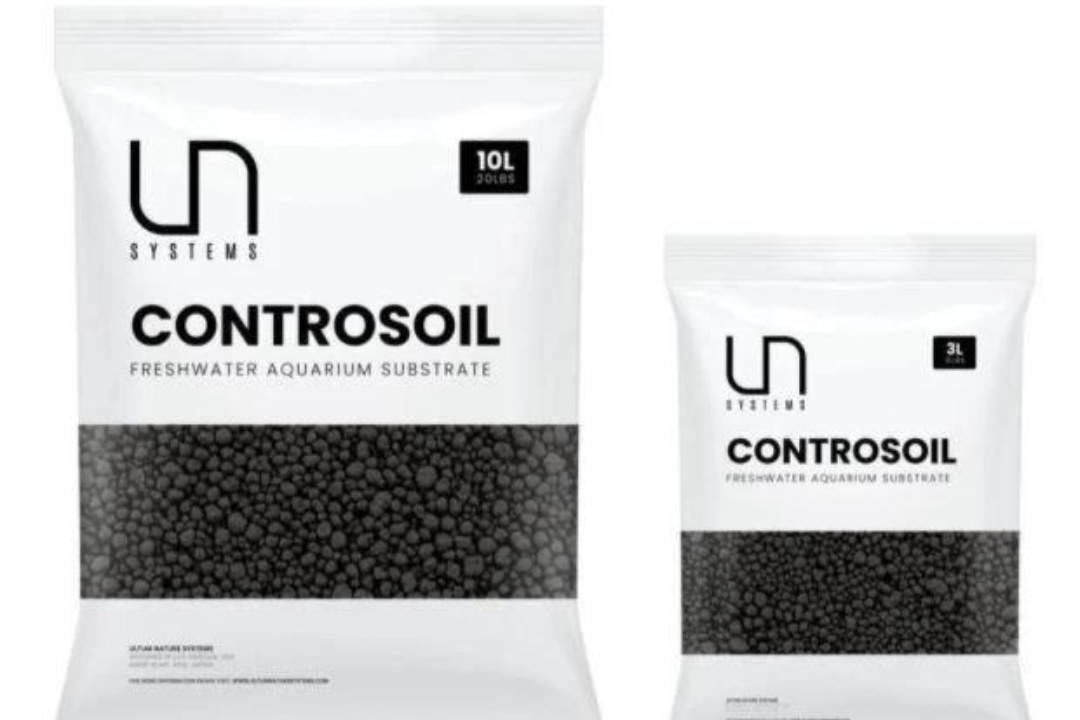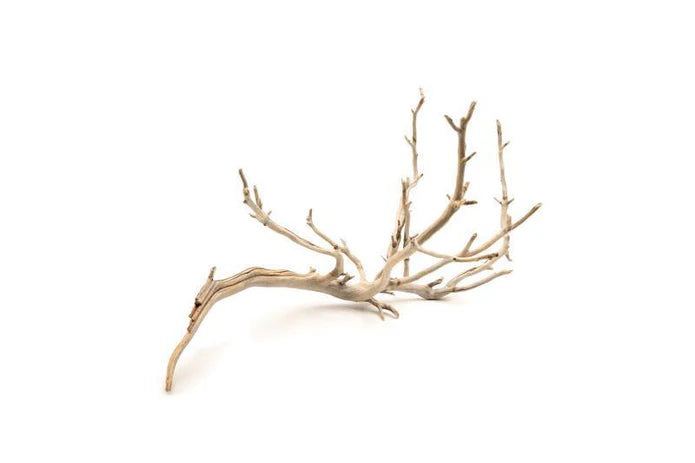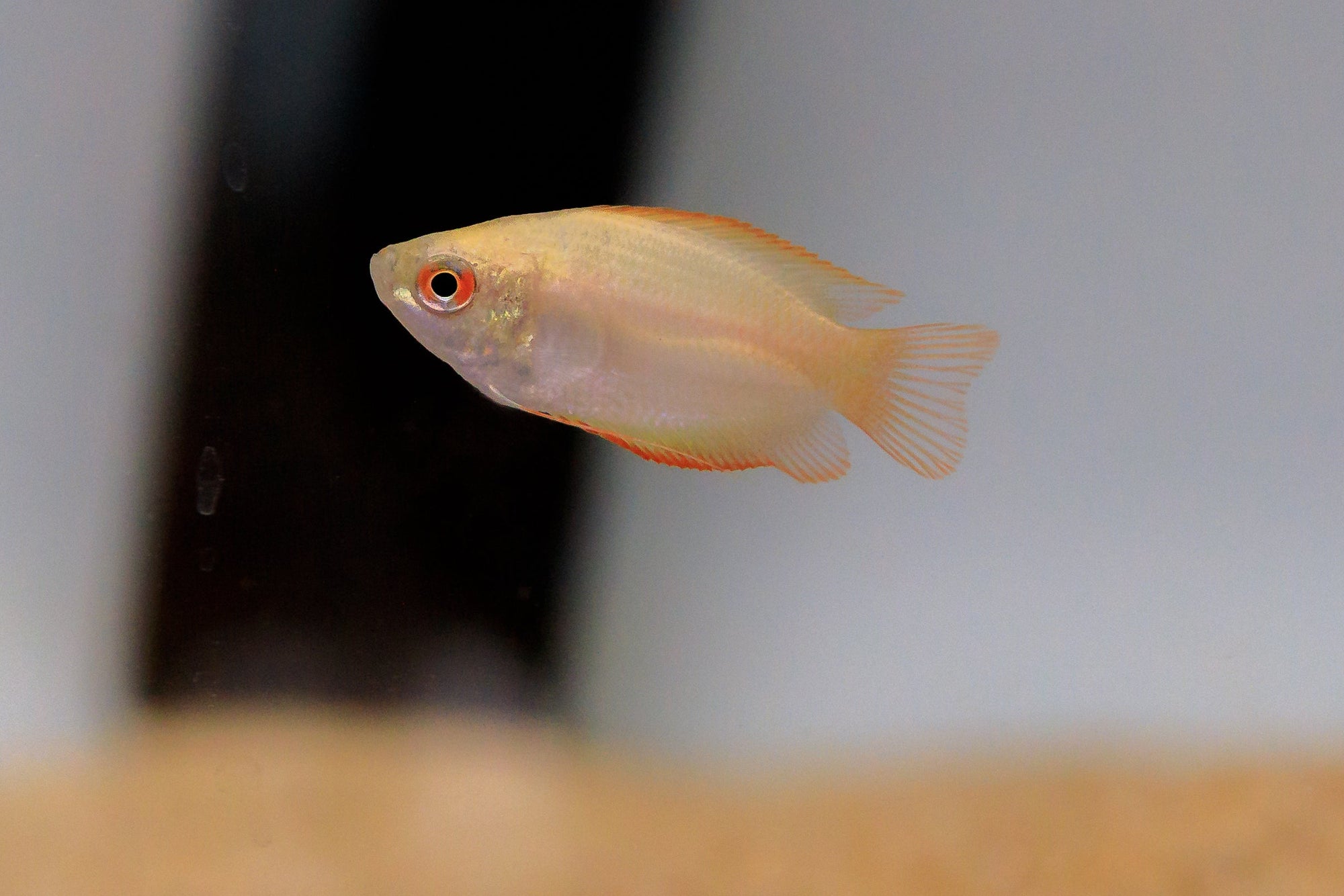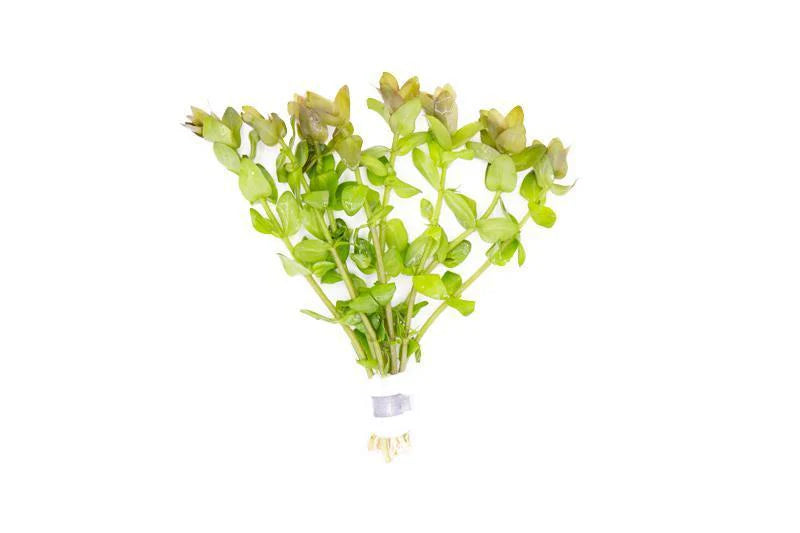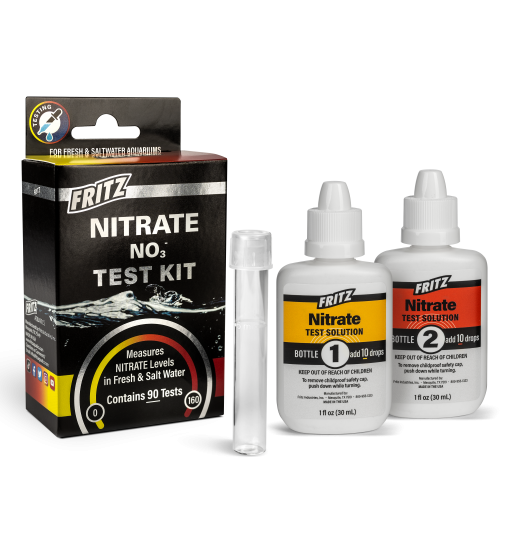This offer is valid for online purchases only, not valid at in-store location.
Manzanita Wood
1. Selecting the Right Wood
- Type of Wood: Ensure the wood is safe for aquarium use. Common choices include driftwood, bogwood, and mopani wood. Avoid using wood found outdoors as it may contain harmful substances.
- Size and Shape: Choose wood that fits well in your tank and provides hiding spots for your fish without overcrowding the space.
2. Preparing the Wood
- Cleaning: Rinse the wood thoroughly with water to remove any dirt or debris. Do not use soap or detergents.
-
Soaking: Soak the wood in a container of water for several days to a few weeks. This helps to:
- Remove Tannins: Tannins can discolor the water, making it look tea-stained. While not harmful to fish, this might not be aesthetically pleasing to everyone.
- Saturation: Soaking helps the wood become waterlogged, preventing it from floating.
- Boiling: If the wood is small enough, boil it for 1-2 hours to kill any pathogens and speed up the tannin leaching process. If the wood is too large, pour boiling water over it multiple times.
3. Testing and Placement
- Test Fit: Before adding the wood to your tank, place it inside to ensure it fits well and achieves the desired look.
- Anchoring: If the wood floats, you can anchor it to the substrate using rocks or aquarium-safe weights.
- Placement: Arrange the wood so it doesn’t block important equipment like filters or heaters. Also, ensure it doesn’t restrict the swimming space for your fish.
4. Monitoring Water Parameters
- pH Levels: Some woods can lower the pH of the water. Test the water parameters regularly to ensure they remain stable.
- Water Clarity: Keep an eye on water clarity. If tannins are still leaching and the water becomes too dark, consider performing partial water changes more frequently.
5. Maintenance
- Algae Growth: Over time, algae may grow on the wood. You can gently scrub it off with a soft brush or use algae-eating fish or invertebrates to help control it.
- Decay: Monitor the wood for signs of decay. If it starts to break down, it may need to be replaced.
Additional Tips
- Fish Compatibility: Some fish, like plecos, will graze on the wood. Ensure the type of wood you choose is safe for such species.
- Decor Combination: Combine the wood with other natural elements like rocks and plants to create a balanced and natural environment.
By following these steps, you can successfully add aquarium wood to your fish tank, creating a more natural and engaging habitat for your fish.
All dry-good purchases may be returned if unopened. If the packaging for any dry goods have been opened but unused, it may still be eligible for return.
For more info regarding returns, please refer to our FAQ page.
1. Selecting the Right Wood
- Type of Wood: Ensure the wood is safe for aquarium use. Common choices include driftwood, bogwood, and mopani wood. Avoid using wood found outdoors as it may contain harmful substances.
- Size and Shape: Choose wood that fits well in your tank and provides hiding spots for your fish without overcrowding the space.
2. Preparing the Wood
- Cleaning: Rinse the wood thoroughly with water to remove any dirt or debris. Do not use soap or detergents.
-
Soaking: Soak the wood in a container of water for several days to a few weeks. This helps to:
- Remove Tannins: Tannins can discolor the water, making it look tea-stained. While not harmful to fish, this might not be aesthetically pleasing to everyone.
- Saturation: Soaking helps the wood become waterlogged, preventing it from floating.
- Boiling: If the wood is small enough, boil it for 1-2 hours to kill any pathogens and speed up the tannin leaching process. If the wood is too large, pour boiling water over it multiple times.
3. Testing and Placement
- Test Fit: Before adding the wood to your tank, place it inside to ensure it fits well and achieves the desired look.
- Anchoring: If the wood floats, you can anchor it to the substrate using rocks or aquarium-safe weights.
- Placement: Arrange the wood so it doesn’t block important equipment like filters or heaters. Also, ensure it doesn’t restrict the swimming space for your fish.
4. Monitoring Water Parameters
- pH Levels: Some woods can lower the pH of the water. Test the water parameters regularly to ensure they remain stable.
- Water Clarity: Keep an eye on water clarity. If tannins are still leaching and the water becomes too dark, consider performing partial water changes more frequently.
5. Maintenance
- Algae Growth: Over time, algae may grow on the wood. You can gently scrub it off with a soft brush or use algae-eating fish or invertebrates to help control it.
- Decay: Monitor the wood for signs of decay. If it starts to break down, it may need to be replaced.
Additional Tips
- Fish Compatibility: Some fish, like plecos, will graze on the wood. Ensure the type of wood you choose is safe for such species.
- Decor Combination: Combine the wood with other natural elements like rocks and plants to create a balanced and natural environment.
By following these steps, you can successfully add aquarium wood to your fish tank, creating a more natural and engaging habitat for your fish.
All dry-good purchases may be returned if unopened. If the packaging for any dry goods have been opened but unused, it may still be eligible for return.
For more info regarding returns, please refer to our FAQ page.


